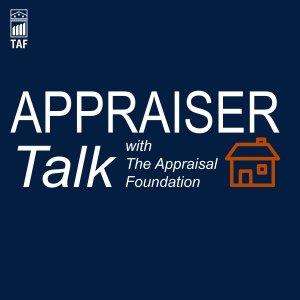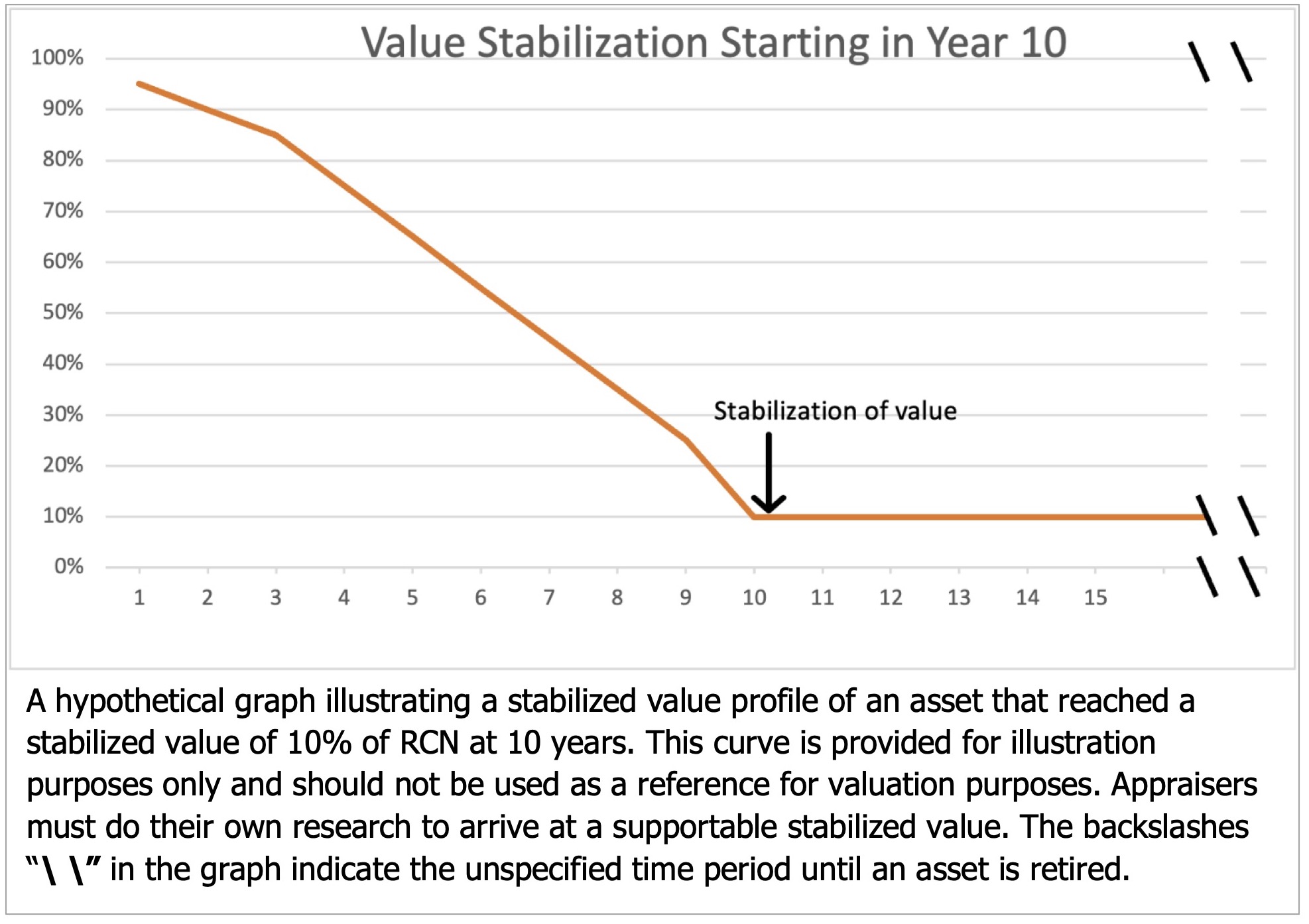 Lately, we’ve gotten a couple of calls asking for equipment appraisals at “auction value.” That’s a tough one! Auction value, you see, isn’t an appraisal value at all. USPAP requires compliant appraisals to define the value being used and to cite the authoritative source of the definition and I’ve yet to see any respected authoritative source—whether the IRS, any of various legal codes, courts, or appraisal organizations—provide a definition for “auction value.” And there’s a reason for that: Auction is a method of selling items, not a definition of value.
Lately, we’ve gotten a couple of calls asking for equipment appraisals at “auction value.” That’s a tough one! Auction value, you see, isn’t an appraisal value at all. USPAP requires compliant appraisals to define the value being used and to cite the authoritative source of the definition and I’ve yet to see any respected authoritative source—whether the IRS, any of various legal codes, courts, or appraisal organizations—provide a definition for “auction value.” And there’s a reason for that: Auction is a method of selling items, not a definition of value.
Yet the myth of “auction value” lives on — There is, in fact, as you may know, a definition of “auction value” listed in Wikipedia, but as we all know, however popular and useful Wikipedia is, it is not generally considered an “authoritative source” and certainly not one that most folks would want to march into court with.
So when I get the inevitable request for an “auction value” equipment valuation, I just give my head a shake and instantly shift into education mode, explaining that an auction is a manner of selling goods, not a definition of value, and that “auction” is no more a viable definition of equipment value than “shopping mall” or “flea market” would be.
Sometimes, it’s important to understand what something is before we can accept what it is not. To begin, then, with our deconstruction of “auction value,” let’s take a look at one commonly accepted definition of an auction — Webster’s states that an auction is “A sale of property to the highest bidder.”
We all know that there is a lot more to an auction than this simple and straightforward definition contains. Auctions may involve seller buy-backs, reserves, minimum bids, house bids, credit bids, buyer premiums, auctioneer commissions, run fees, marketing fees and so on. It may even be inaccurate to assume that items always sell to the highest bidder. Not all items that appear to have been sold in an auction actually do sell; occasionally, a top bidder doesn’t finalize payment and therefor, the item has not actually been sold. Even when items are actually, technically, irrevocably sold, however, the monetary amount that changes hands does not necessarily represent the value of the item, as discussed previously.
In addition, the incredible flexibility of the auction method allows the marketing and selling of a wide variety of items under countless different scenarios, any of which might supply a different selling/buying price and many of which presume different values. Some of these scenarios might include:
- A bankruptcy liquidation where items are sold piece meal on an as-is where-is basis to the highest bidder regardless of price, wherein items are often sold below the price they would sell for if marketed by a commercial dealer
- A benefit auction where items are often sold at values much higher than their fair market value in order to raise funds to support a cause
- A fine art auction of highly sought after rare art where the winning bid may set the fair market value of an item
- A typical equipment auction where items are properly marketed and advertised, wherein prices may very well approach fair market value but are often less
- A wholesale car auction where the seller is an active part of the bidding process and the selling price is very close to the wholesale value
- A real estate auction with a clear reserve
And these examples don’t even scratch the surface of all the possibilities in marketing and selling that the various auction processes may offer. Taking this all this information into account, perhaps all we can really agree upon is that, in the most general sense, an auction is a manner of selling items. What the “value” of those items sold may be is another question altogether.
So that request for an “auction value” appraisal? Obviously, an equipment and machinery appraiser must be prepared to take this as an educational opportunity. And as we know, an educational opportunity is best begun with a question: it is the equipment appraiser’s job to first question the user about the use of the requested valuation and to then educate the client regarding the proper value definition for that use. Based upon the scenarios discussed earlier, it’s clear that the term “auction value” could be used to request one of an extremely wide range of value definitions. Usually, it turns out that what the client is asking for is Forced Liquidation Value of the equipment in questions, but to make such an assumption would certainly be presumptuous. Far better to ask a few questions rather than making an assumption about what “auction value” means to the person asking for a machinery and equipment appraisal.
Surely there are some circumstances, though, when it is okay to assume that everyone knows exactly what is meant by “auction value”? Suppose you’re working at an auction company that specializes in a particular kind of auction and a prospective auction consignor asks for an estimate of what amount of auction proceeds may be realized should he/she consign certain items at the an upcoming auction. Is this case, you might feel comfortable referring to “auction value.” But even in a case like this, it’s important to avoid any possibility of misunderstanding. Rather than referring to “auction value,” it might be more prudent for the auctioneer to use language such as “estimated auction proceeds” and very carefully clarify exactly what that means and how that amount was arrived at, as well as clearly stating that you are not providing a USPAP valuation and that the information is only for the intended user — presumably the owner of the goods and the fellow asking the original question.
So whether you are an auctioneer being asked by a possible consignor for the amount an item might bring at auction or a machinery and equipment appraiser being asked by a prospective client for the “auction value” on his manufacturing, construction or ag equipment, take the opportunity to help clarify the appraisal needs of your caller—and provide some useful valuation education—by asking these useful questions:
- What is the purpose of the appraisal and who will be using it?
- What would be the marketing time period if the Subject Assets were to be sold?
- Are the Subject Assets assumed to be sold piecemeal or as a complete functioning unit? Would shipping and installation cost needs to be considered?
- What, if any, are the unique aspects of the Subject Assets? (custom made items, limited use equipment, special licensing requirements)
- Are any warranties still in place for any of the Subject Assets?
By getting the facts up front the equipment and machinery appraiser can work to educate the client and clarify and properly name the appropriate definition(s) of value that will best meet the client’s needs. You may be interested in the current list of value definitions used for machinery and equipment, as provided by The American Society of Appraisers.
Jack Young
NorCal Valuation



